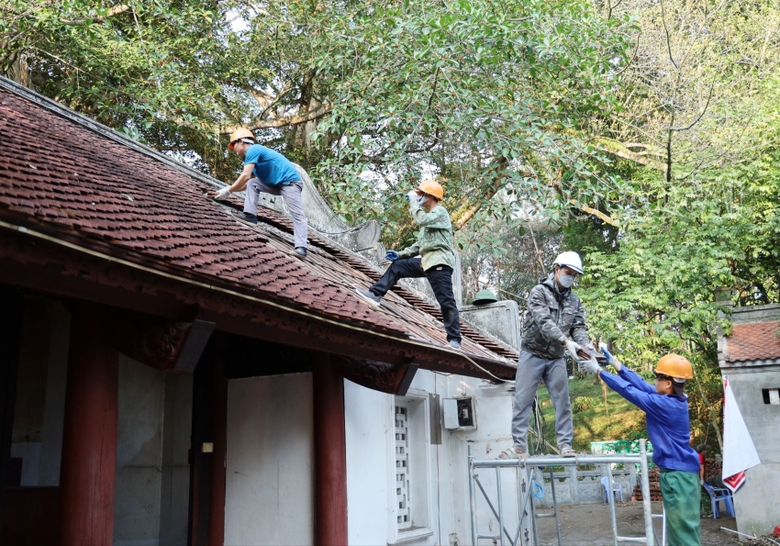
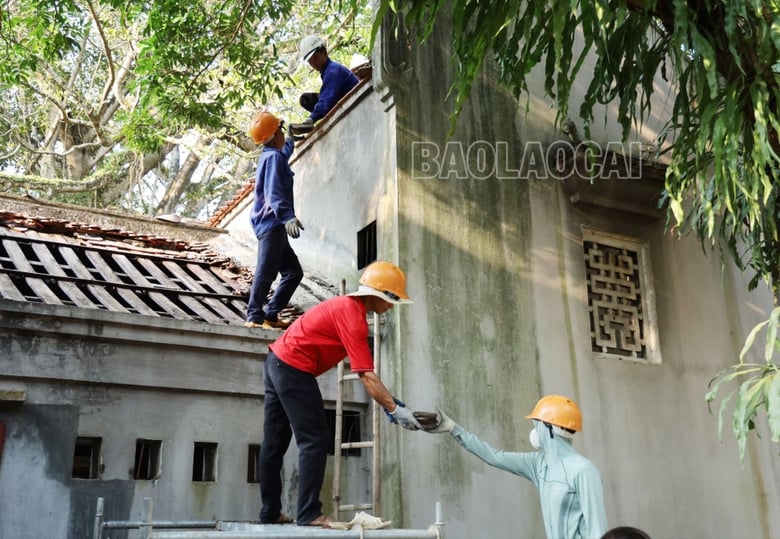
Although it is a holiday, the construction unit, a joint venture between Vietnam Civil Construction and Cultural Works Joint Stock Company and Thai Minh Investment and Construction Consulting Joint Stock Company, still maintains 17 to 20 workers to continue the demolition work of the old part of the building, including the main temple, the left and right wings.
Mr. Nguyen Khanh Hoa, in charge of engineering, said: In addition to ensuring labor safety, the demolition work requires meticulous execution, ensuring that the original state is preserved so that it can be reused for other projects. The workers actively worked regardless of days off, avoiding delays in the planned progress.
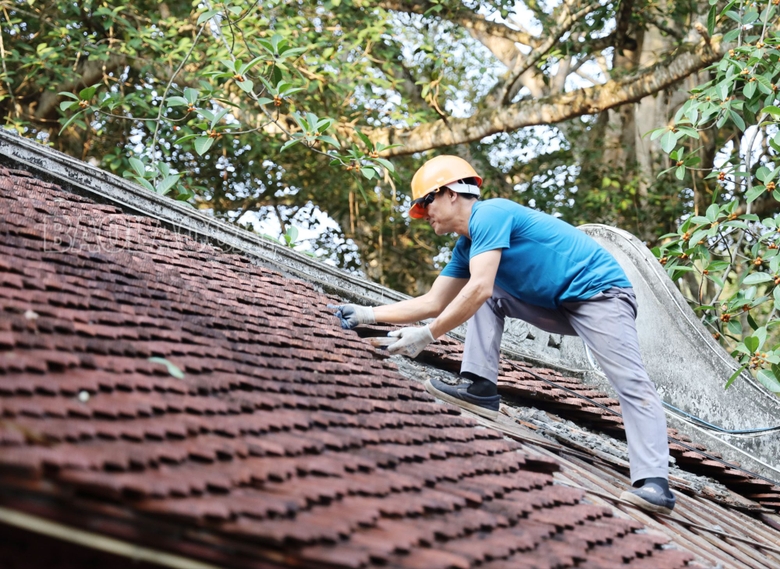
To ensure the restoration and embellishment of the Thuong Temple and Am Temple relic complex, Lao Cai City has announced the temporary suspension of sightseeing, worship, and ritual practices at Thuong Temple and Am Temple from April 16 to August 31, 2024 (ie March 8 to July 28 of the lunar calendar). At the same time, the City Monuments Management Board has completed the relocation of statues and worship objects, creating the most favorable conditions for the construction unit to proceed with the demolition.
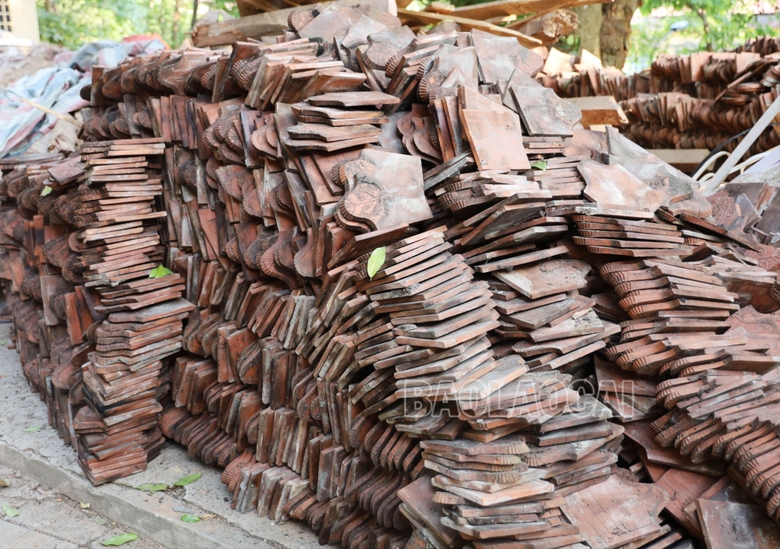
During this renovation, the Upper Temple and Am Temple were completely rebuilt, and the area of the temples was expanded. Specifically, for the Upper Temple, the area of the main temple will increase from 151 m2 to 251 m2 ; the left and right houses will increase from 51 m2 each to 74 m2 ; the temple yard will be expanded from 230 m2 to more than 300 m2 and the inner gate and many other auxiliary items will be renovated. For Am Temple, the area will increase from 58.7 m2 to 103 m2 .
Construction time starts from April 15, expected to be completed around August 10, 2024. The project to restore and embellish the Thuong Temple and Am Temple relics is invested by the City Monument Management Board, with a total cost of about 47 billion VND drawn from donations and socialized funds.
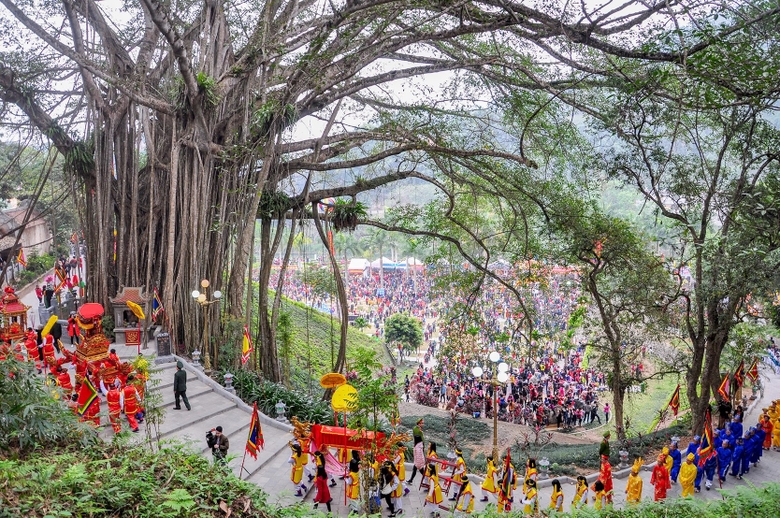
Thuong Temple worships the Great King Tran Quoc Tuan, who made great contributions to protecting the country's borders. It is located on Hoa Hieu Hill in Lao Cai Ward, Lao Cai City. The temple was built during the Le Dynasty, under the reign of Chinh Hoa (1680 - 1705), in the shape of the letter Cong. In 1996, Thuong Temple was ranked as a National Historical and Cultural Relic. In 2012, the banyan tree at Thuong Temple was also recognized as a Vietnam Heritage Tree. Every year, Lao Cai City organizes the Thuong Temple Festival on the 15th day of the first lunar month, attracting thousands of tourists to visit, worship, and pay their respects to the merits of national hero Tran Quoc Tuan.
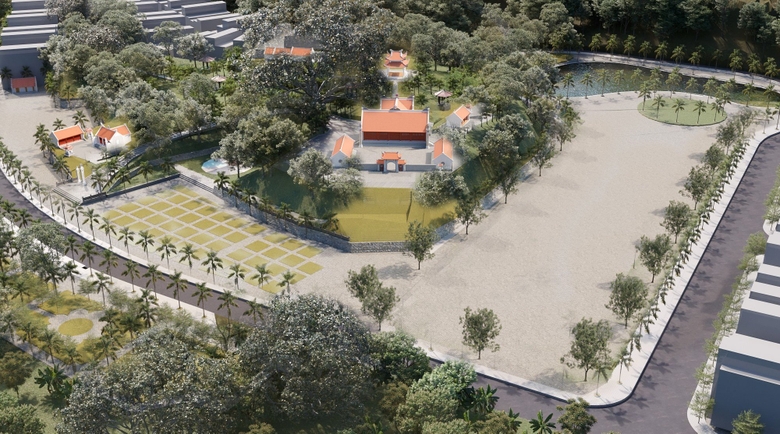
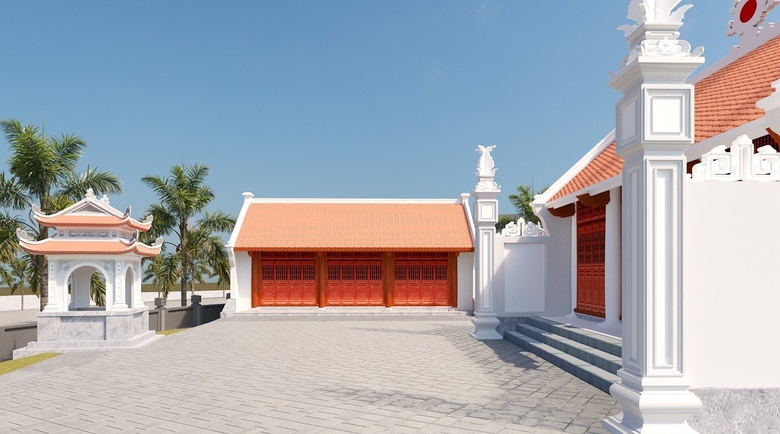
Mr. Ngo Ngoc Ha, Head of the Lao Cai City Monument Management Board, said: Thuong Temple underwent a major restoration in 1924, and this major restoration has been exactly 100 years old; between the two times there were many small restorations and renovations with different items. After the restoration, Thuong Temple and Am Temple have a larger and more beautiful area to meet the needs of sightseeing and worship of tourists from all over the world, but still retain the ancient architecture of the Tran Dynasty.
Due to the special nature of the project, the demolition work is also different from other projects, requiring manual work. Workers carefully dismantle each tile, truss, purlin and other components to ensure their original condition. After completing the demolition, the City's Monument Evaluation Council will evaluate which parts can be reused and which parts will be preserved for reuse when needed.
After completing the dismantling, ensure the new requirements are followed to construct the next items according to plan.
Source








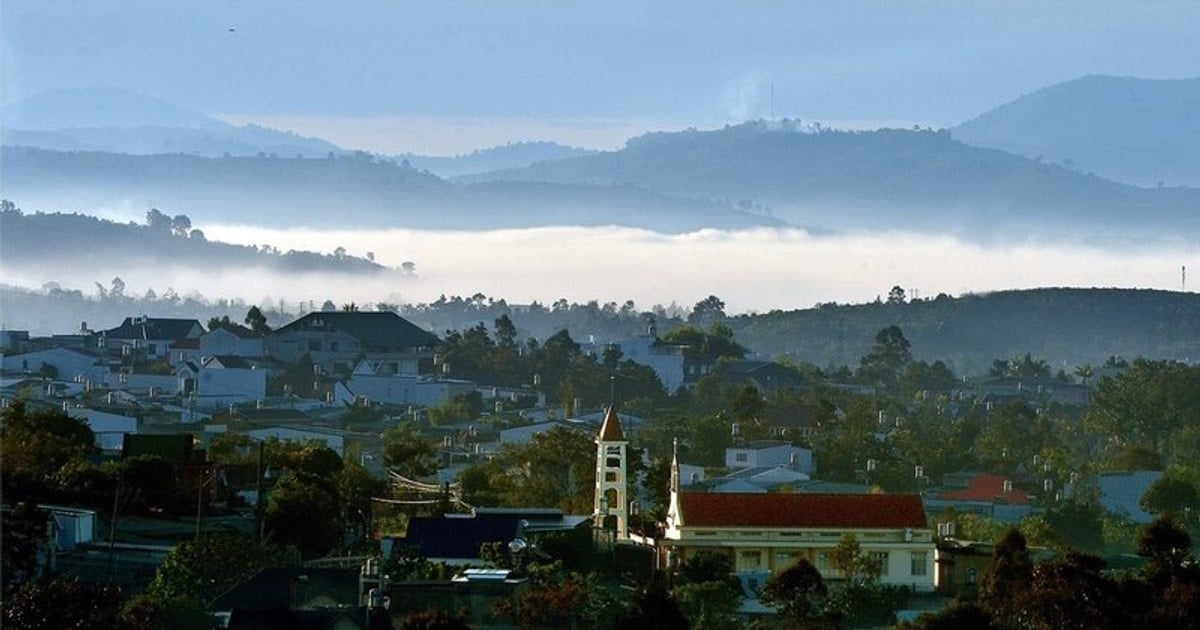

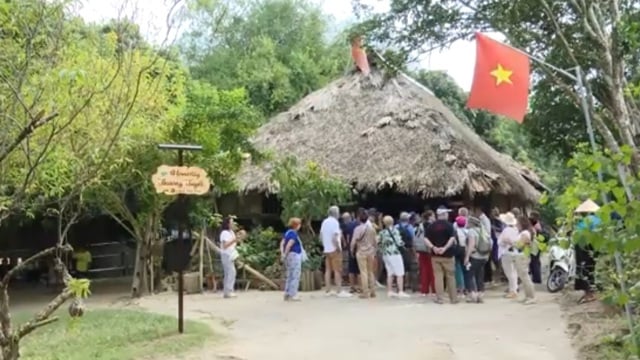

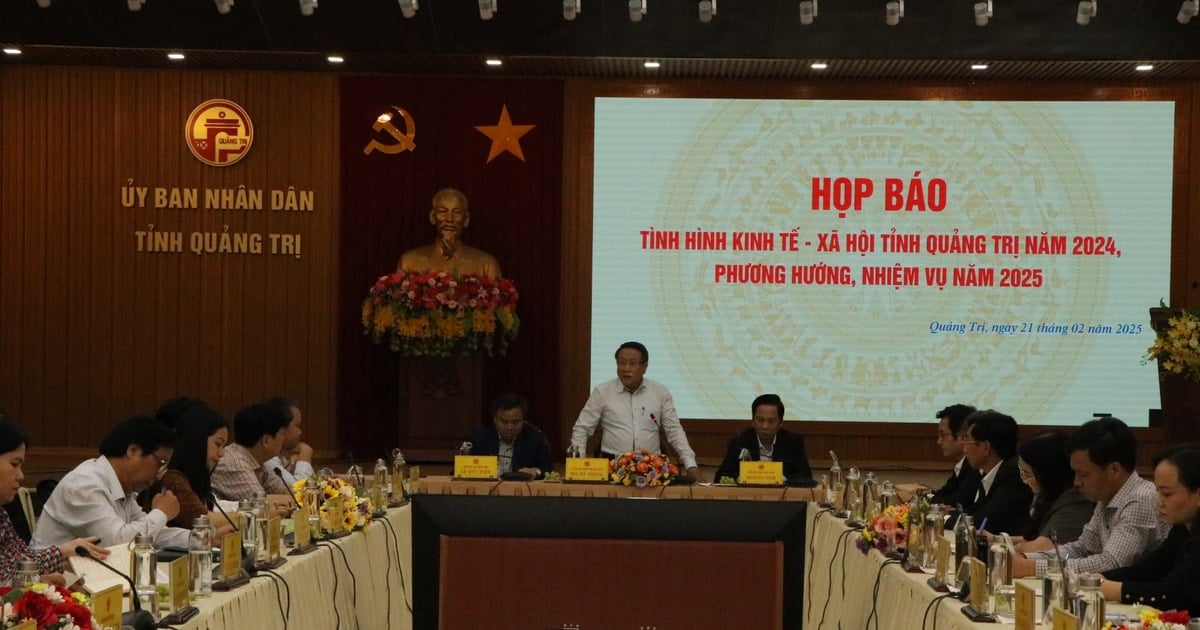



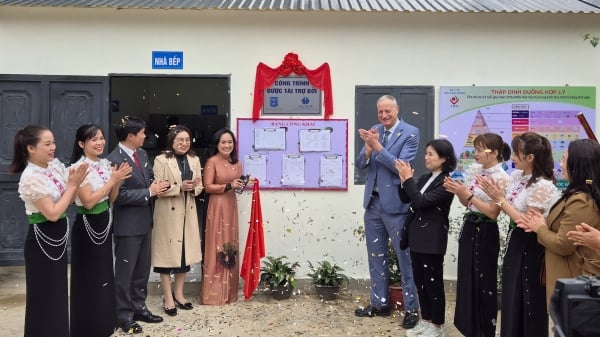

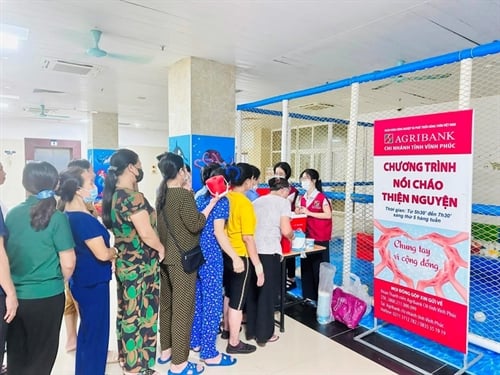
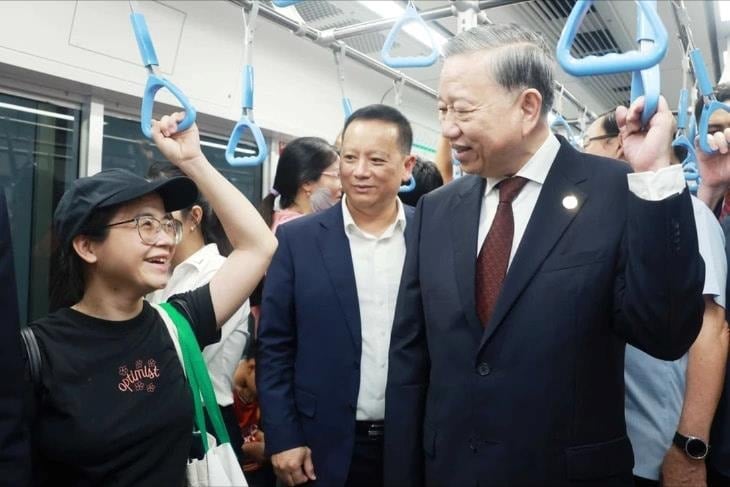
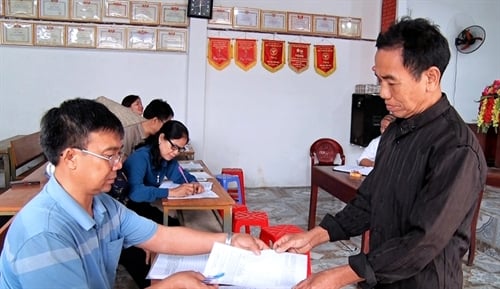
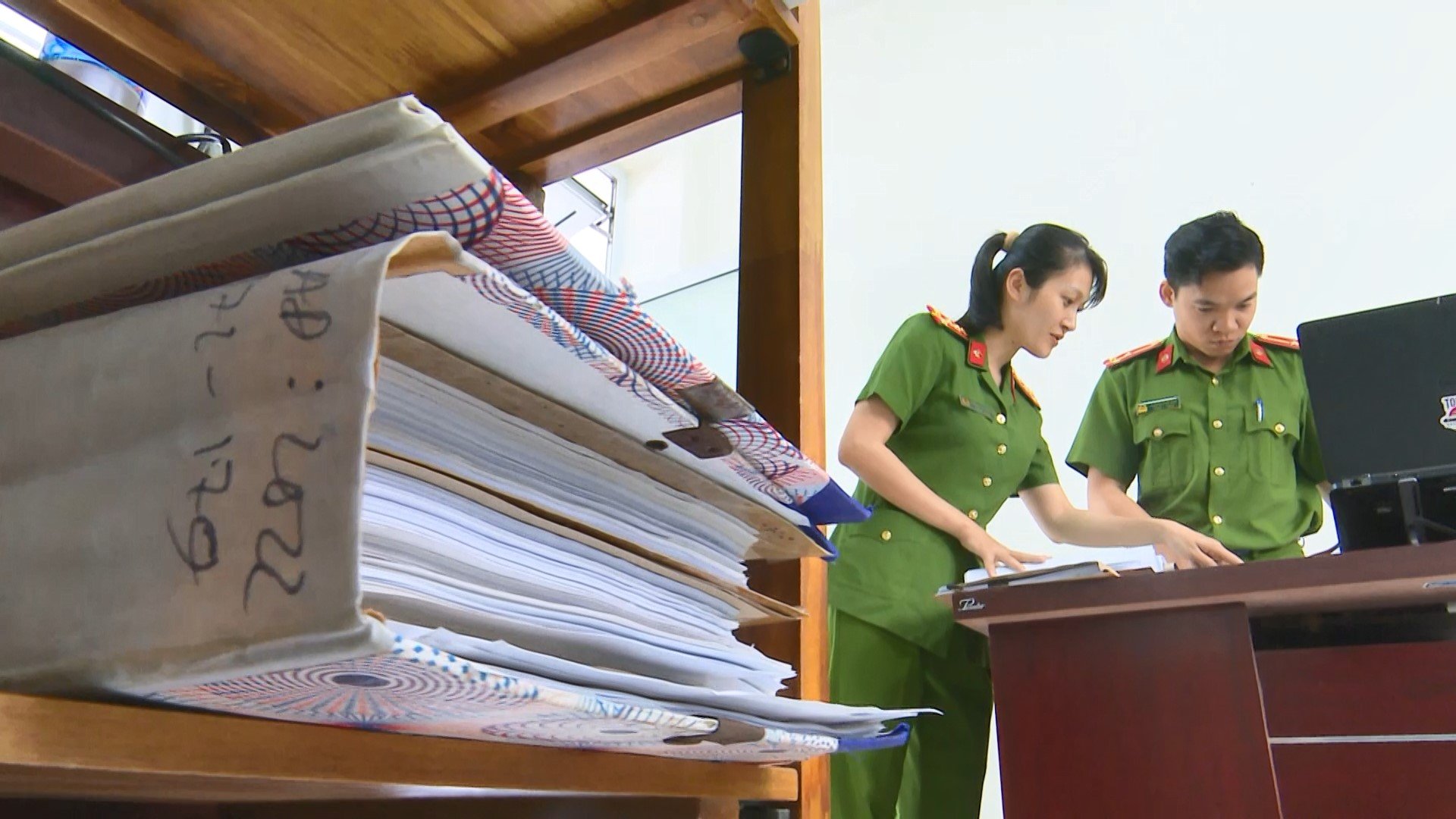
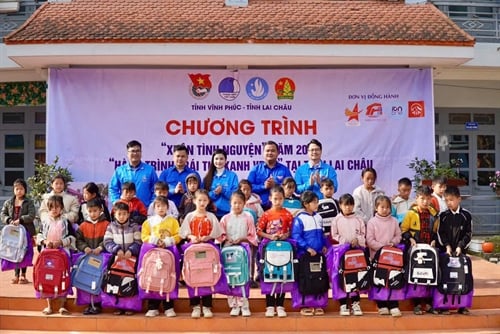
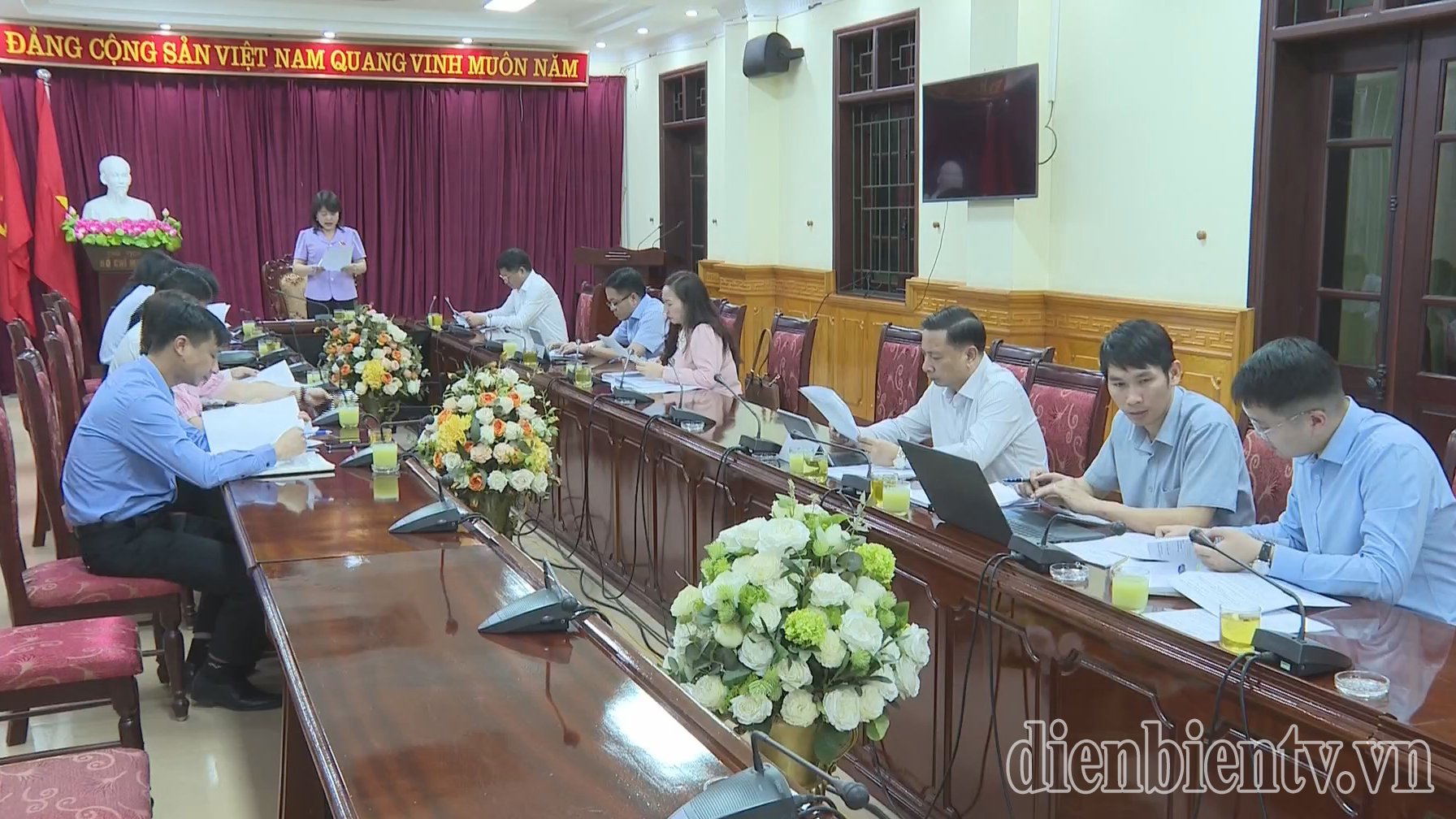
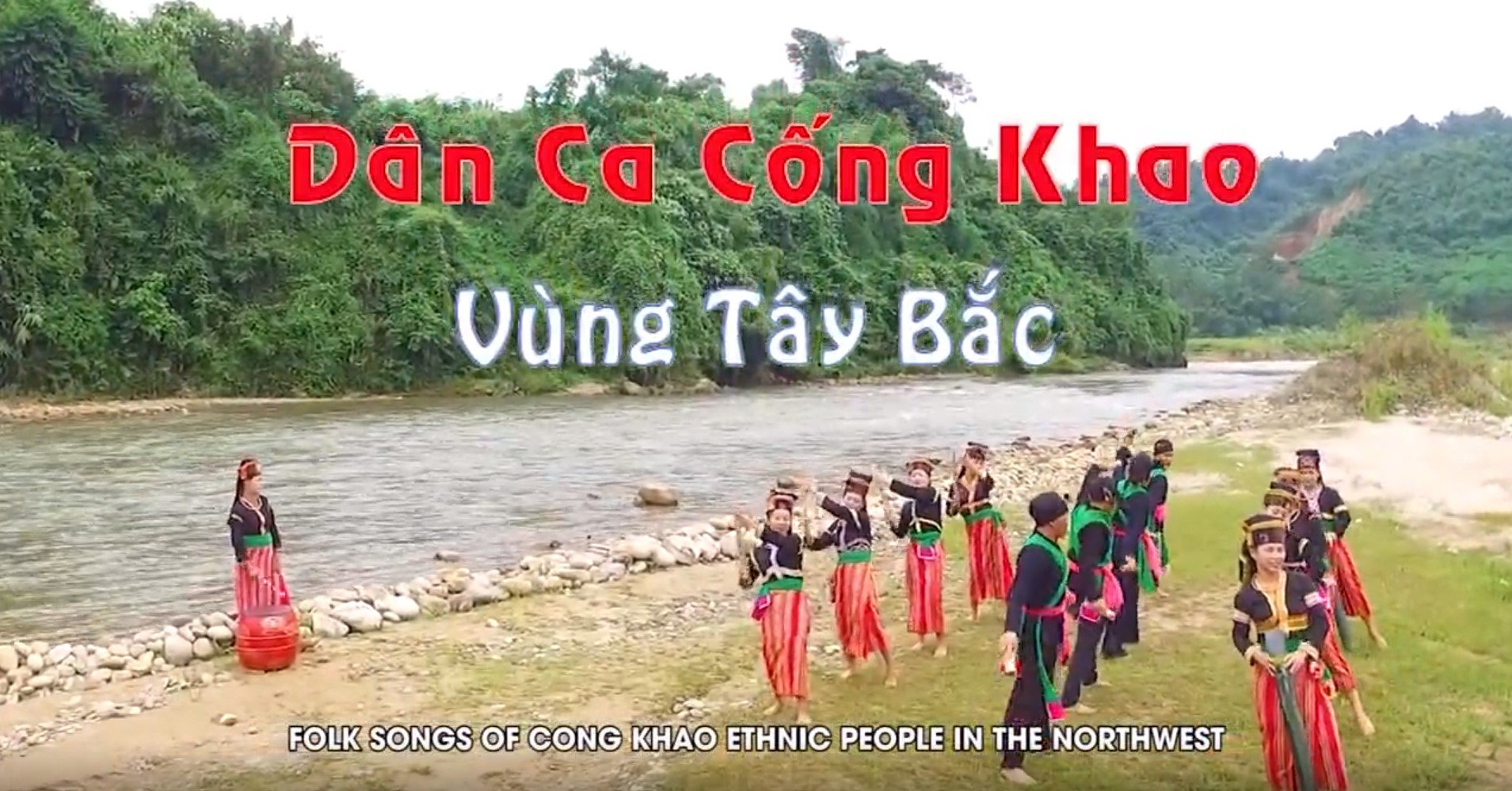
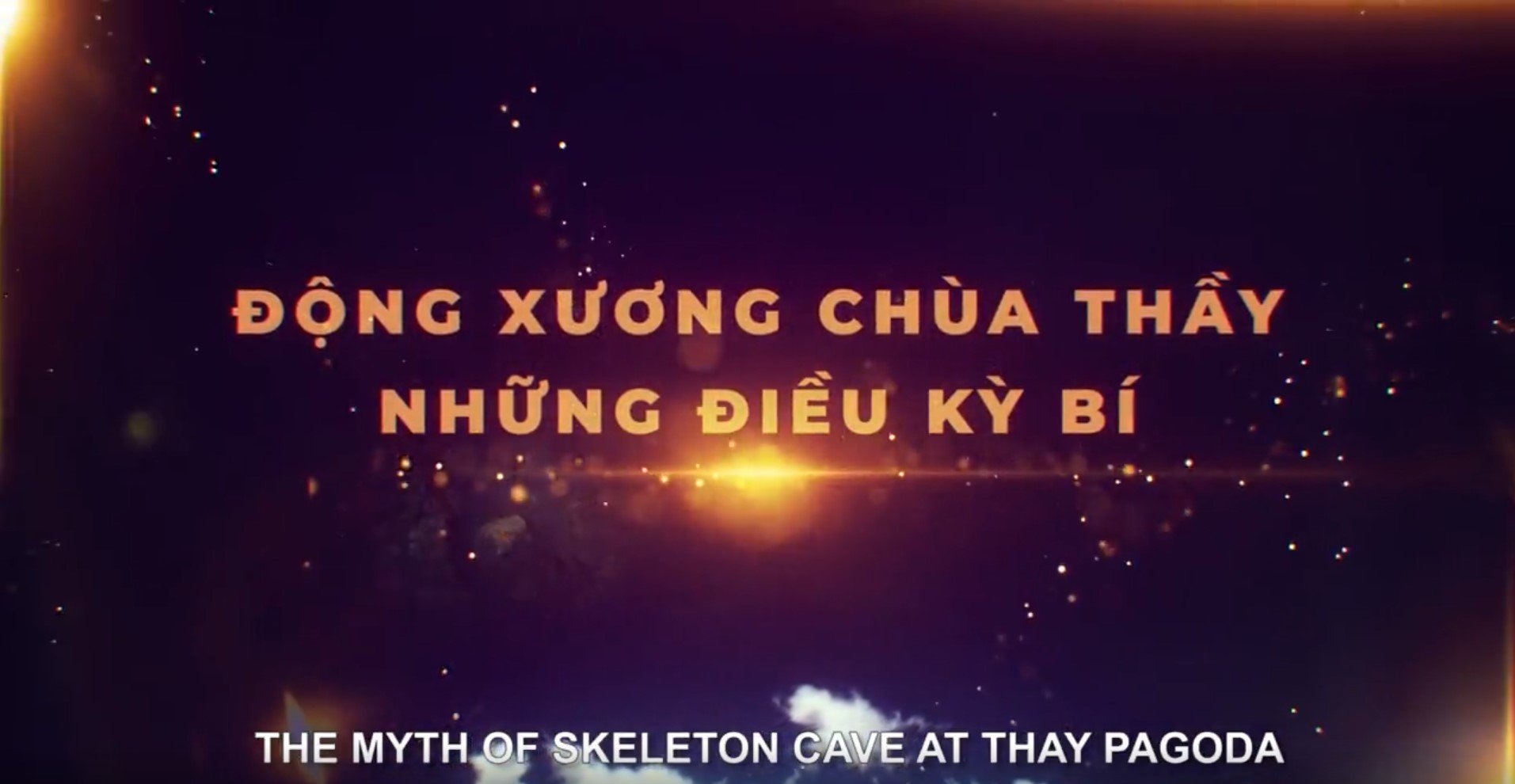










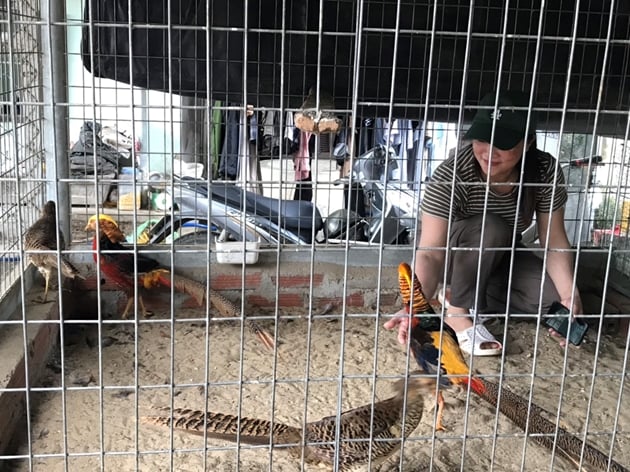

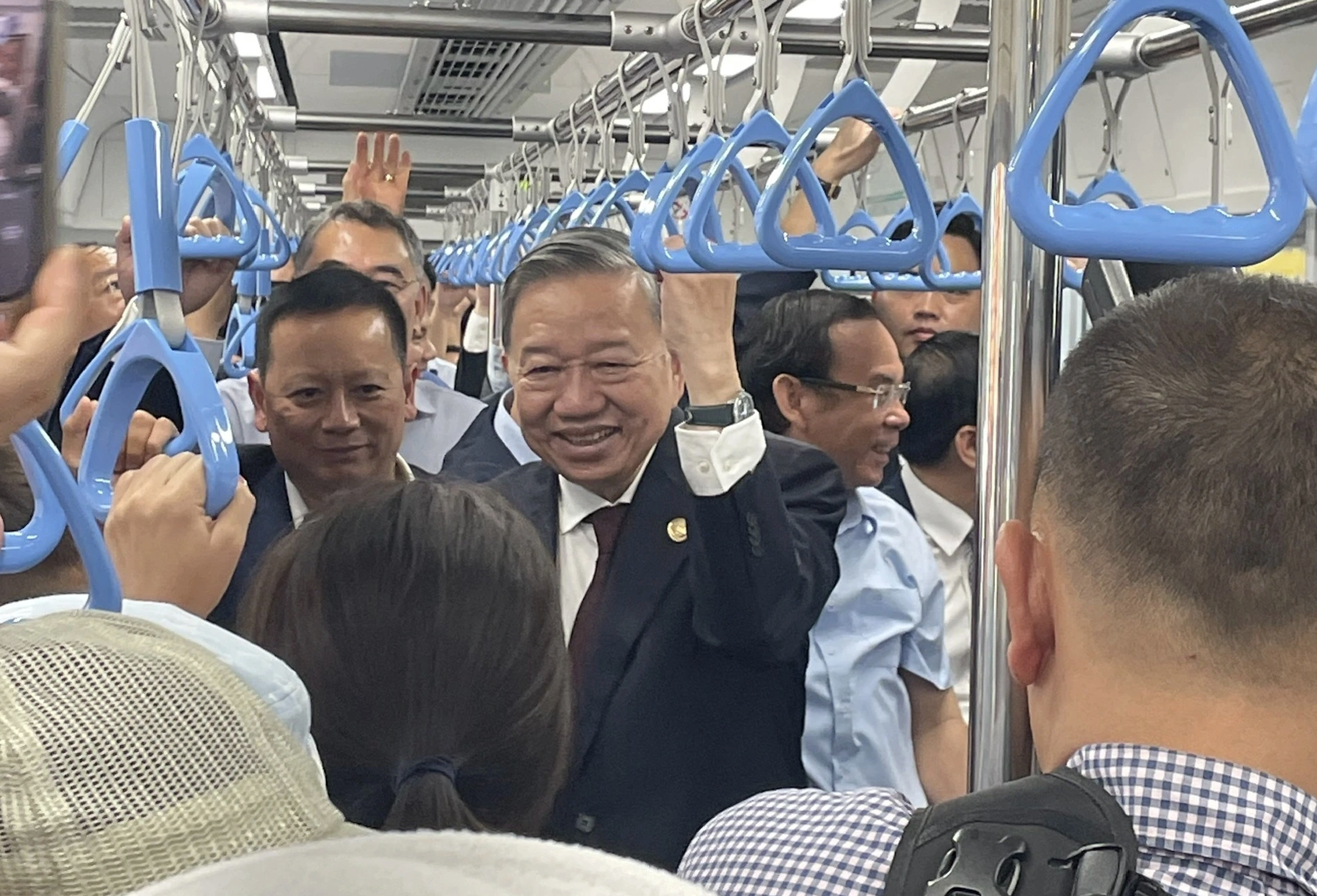
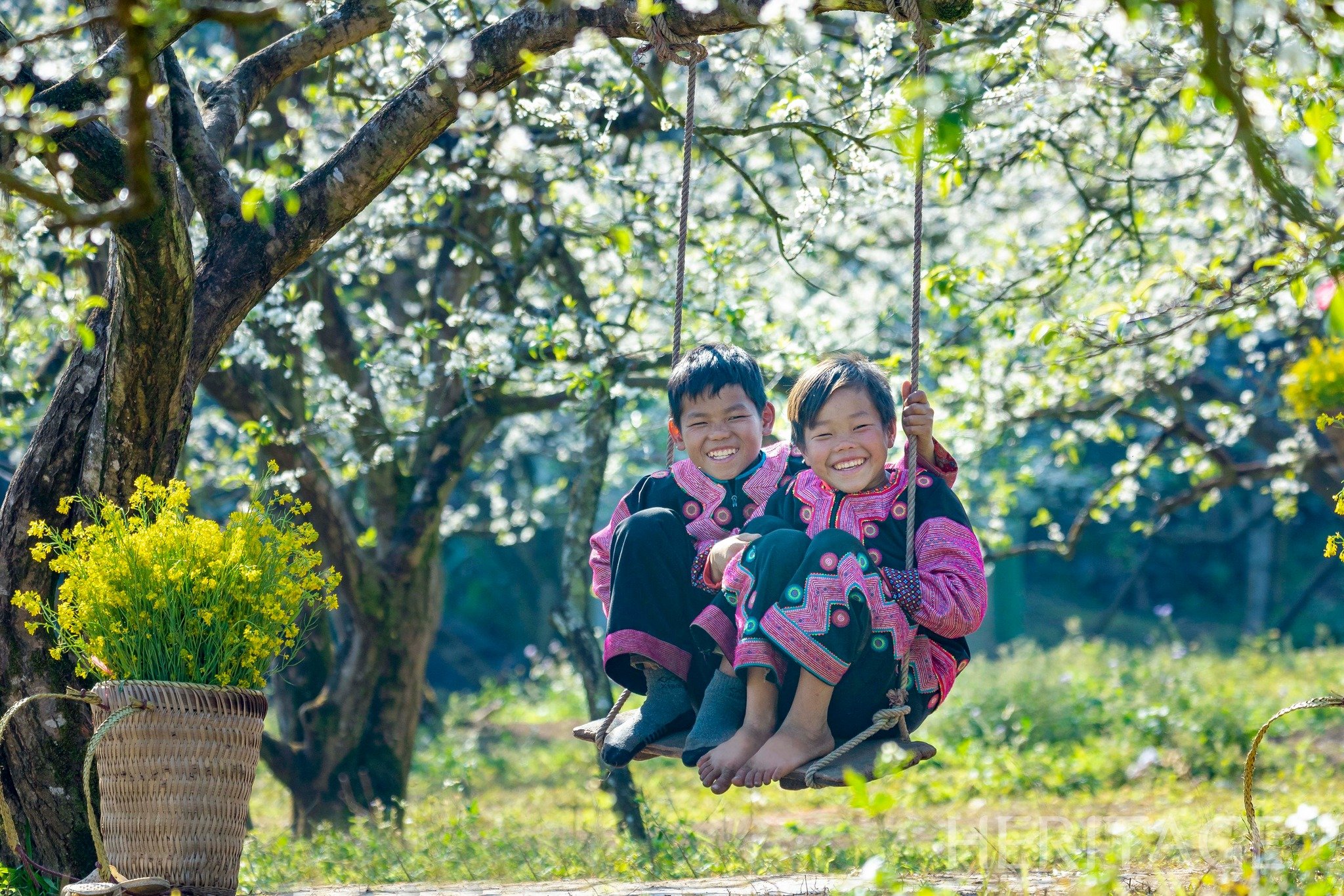
Comment (0)